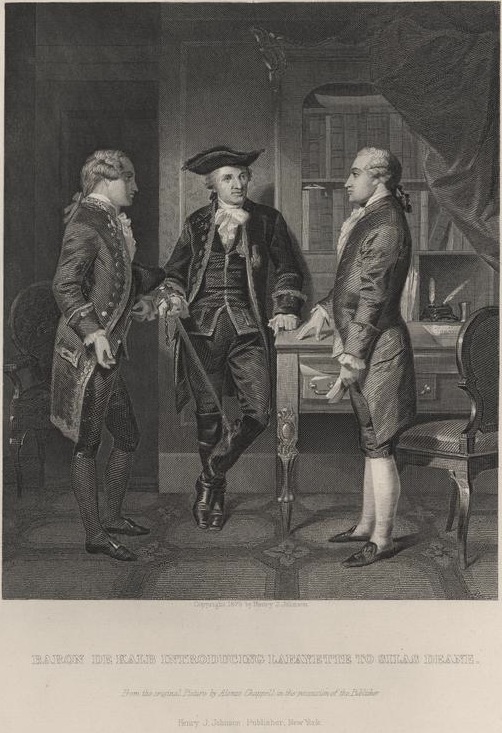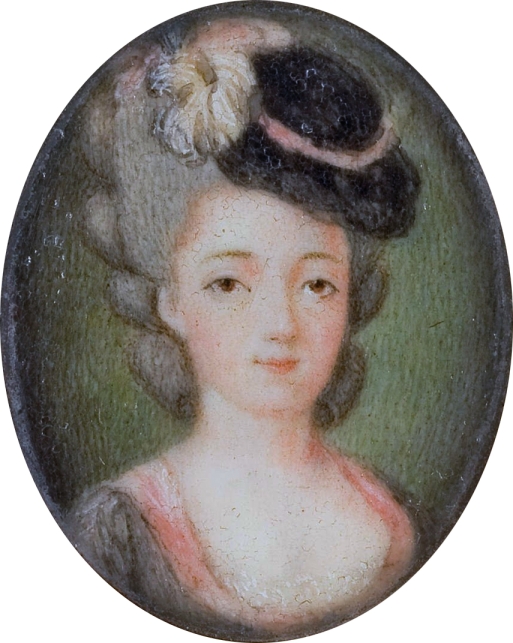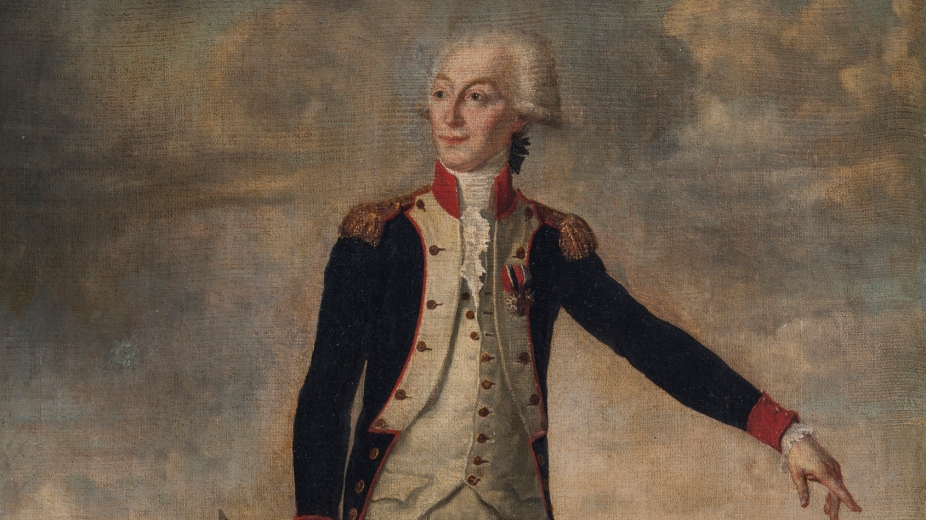The Marquis de Lafayette is a living example of the lyrics to one of my favorite songs by my favorite band, the Avett Brothers. The Avetts sing the simple yet powerful line “decide what to be and go be it” in Head Full of Doubt/Road Full of Promise. Lafayette did exactly that when he decided to leave his family, fortune, and home to come fight for liberty in the American Revolution. What prompted Lafayette to leave everything to come to America? Why would a French nobleman want to fight for liberty against the very royal aristocracy that sustained his own way of life?
According to Lafayette, his life transforming decision came while attending a dinner to honor the Duke of Gloucester in Metz, France on August 8, 1775. The Duke of Gloucester was the brother to King George III, king of England. Despite being the King of England’s brother, the Duke of Gloucester spoke out openly against the king’s handling of the war in America. This surprised and intrigued Lafayette who knew very little about the fighting in the colonies. To Lafayette the idea of a people fighting for liberty and independence was captivating. In Lafayette’s own words, “[w]hen I first heard of [the colonists’] quarrel, my heart was enlisted, and I thought only of joining my colors to those of the revolutionaries.” Then and there Lafayette decided, against what many would consider rational thought, to leave everything in France to fight in the Revolution. Lafayette was seventeen-years-old when he committed to joining America’s fight for freedom.
Despite having made his decision to join the fight for liberty, Lafayette could not simply pack up and leave, at least not yet. Lafayette sought counsel from his former commanding officer the comte Charles-Francois de Broglie, who had hosted the dinner at Metz. Broglie had his own ambition to join the American fight, and even sought to supplant Washington as commander in chief. Broglie discouraged Lafayette from leaving France. Lafayette would not be dissuaded. With the help of fellow French officer, Baron de Kalb, Lafayette was able to meet with Silas Deane, the secret American envoy to France, who was there to garner French support for the Revolution. De Kalb was a self-made baron who invented his tile to become a French officer and happily introduced Lafayette to Deane. Silas Deane was eager to enlist French officers and readily handed out the rank of major general to Lafayette.

Lafayette’s introduction to Silas Deane
Lafayette now had his officer’s commission to present before the American Congress, but the obstacles continued to mount against Lafayette’s dream of heading to America. The primary obstruction was Lafayette’s father-in-law the Duc d’Ayen. Lafayette had married the Duc d’Ayen’s daughter, Adrienne, less than two years earlier on April 11, 1774. Adrienne was fourteen-years-old when married. Lafayette and Adrienne had a infant daughter and another child on the way. Needless to say, Adrienne’s father was not supportive of Lafayette’s departure to America. The Duc d’Ayen went so far as to obtain a written decree from French King Louis XVI to prohibit French officers from leaving France for America. Lafayette hesitated on carrying out his dream when he learned of the King’s edict.

Lafayette’s wife, Marie Adrienne Francoise de Noailles
However, Lafayette was independently wealthy. Wealth can open a multitude of doors even when the ruling king shuts them all. Lafayette’s inherited estates yielded an annual income of 150,000 livres, or $1,500,000 in today’s dollars. With this vast wealth at his disposal, Lafayette, with new determination, sought to secretly buy a merchant sailing ship and have it refitted with cannon and provisions for a voyage to America. The ship, La Bonne M`ere, cost Lafayette 112,000 livres, almost three quarters of his annual income. Lafayette renamed the vessel La Victoire. Lafayette also changed his coat of arms at this time from Vis sat contra fatum (Determination is enough to overcome destiny) to the simpler, Cur non? (Why not?). Lafayette had La Victoire secretly sailed from Bordeaux, France to a small Spanish port. Dodging King Louis XVI’s orders to prevent French officers from leaving, Lafayette boarded La Victoire on April 20, 1777 and set to sea bound for America. Lafayette was so sure of the rightness of his decision that he wrote to one friend. “Don’t worry, once I am victorious everyone will applaud my enterprise.”
We now know that Lafayette’s decision was right. As with so many young talented officers, Washington immediately saw something special in Lafayette when he arrived in Philadelphia to claim his rank of major general. The rest they say is history. But to Lafayette at the time he left France the future was far from certain. Uncertainty did not matter to Lafayette. He had decided what to be, and he was going to be it.
For more information about the life of the Marquis de Lafayette take a look at:
For Liberty and Glory: Washington, Lafayette, and Their Revolutions, by James R. Gaines
The True La Fayette, by George Morgan
Lafayette, by Harlow Giles Unger

Nice Post
LikeLike
Thanks, Sara. Glad you liked it. Hard to go wrong quoting Avett Brothers’ lyrics.
LikeLike
Hey Chris – thanks for your article! I’m working on a novel about Lafayette (The Declaration, the Marquis, and the Spy) and have been looking everywhere for a picture of La Victoire. Can you tell me where you located this pic? Thanks! Jenny L. Cote
LikeLike